#togo
Text




dog saint pins from @pangur-and-grim are 🔥🔥🔥
666 notes
·
View notes
Text

Northern Lights (2024)
Leonard Seppala's dog team, led by the dog Togo, carries anti-diphtheria serum across the frozen bay to disease-stricken town (Nome).
#sled dogs#dog team#marysmirages#painting#leonard seppala#alaska#husky#northern lights#balto#thegreatraceofmercy#dog#togo#gouache painting
531 notes
·
View notes
Text

An inflatable version of Michel Ducaroy’s Togo sofa.
By impromtu.studio
896 notes
·
View notes
Text

~
207 notes
·
View notes
Text

A vendor carries plantain chips in Lomé, Togo
by Nybé Ponzio (@visualsbyponzio)
240 notes
·
View notes
Text
Determined to use her skills to fight inequality, South African computer scientist Raesetje Sefala set to work to build algorithms flagging poverty hotspots - developing datasets she hopes will help target aid, new housing, or clinics.
From crop analysis to medical diagnostics, artificial intelligence (AI) is already used in essential tasks worldwide, but Sefala and a growing number of fellow African developers are pioneering it to tackle their continent's particular challenges.
Local knowledge is vital for designing AI-driven solutions that work, Sefala said.
"If you don't have people with diverse experiences doing the research, it's easy to interpret the data in ways that will marginalise others," the 26-year old said from her home in Johannesburg.
Africa is the world's youngest and fastest-growing continent, and tech experts say young, home-grown AI developers have a vital role to play in designing applications to address local problems.
"For Africa to get out of poverty, it will take innovation and this can be revolutionary, because it's Africans doing things for Africa on their own," said Cina Lawson, Togo's minister of digital economy and transformation.
"We need to use cutting-edge solutions to our problems, because you don't solve problems in 2022 using methods of 20 years ago," Lawson told the Thomson Reuters Foundation in a video interview from the West African country.
Digital rights groups warn about AI's use in surveillance and the risk of discrimination, but Sefala said it can also be used to "serve the people behind the data points". ...
'Delivering Health'
As COVID-19 spread around the world in early 2020, government officials in Togo realized urgent action was needed to support informal workers who account for about 80% of the country's workforce, Lawson said.
"If you decide that everybody stays home, it means that this particular person isn't going to eat that day, it's as simple as that," she said.
In 10 days, the government built a mobile payment platform - called Novissi - to distribute cash to the vulnerable.
The government paired up with Innovations for Poverty Action (IPA) think tank and the University of California, Berkeley, to build a poverty map of Togo using satellite imagery.
Using algorithms with the support of GiveDirectly, a nonprofit that uses AI to distribute cash transfers, the recipients earning less than $1.25 per day and living in the poorest districts were identified for a direct cash transfer.
"We texted them saying if you need financial help, please register," Lawson said, adding that beneficiaries' consent and data privacy had been prioritized.
The entire program reached 920,000 beneficiaries in need.
"Machine learning has the advantage of reaching so many people in a very short time and delivering help when people need it most," said Caroline Teti, a Kenya-based GiveDirectly director.
'Zero Representation'
Aiming to boost discussion about AI in Africa, computer scientists Benjamin Rosman and Ulrich Paquet co-founded the Deep Learning Indaba - a week-long gathering that started in South Africa - together with other colleagues in 2017.
"You used to get to the top AI conferences and there was zero representation from Africa, both in terms of papers and people, so we're all about finding cost effective ways to build a community," Paquet said in a video call.
In 2019, 27 smaller Indabas - called IndabaX - were rolled out across the continent, with some events hosting as many as 300 participants.
One of these offshoots was IndabaX Uganda, where founder Bruno Ssekiwere said participants shared information on using AI for social issues such as improving agriculture and treating malaria.
Another outcome from the South African Indaba was Masakhane - an organization that uses open-source, machine learning to translate African languages not typically found in online programs such as Google Translate.
On their site, the founders speak about the South African philosophy of "Ubuntu" - a term generally meaning "humanity" - as part of their organization's values.
"This philosophy calls for collaboration and participation and community," reads their site, a philosophy that Ssekiwere, Paquet, and Rosman said has now become the driving value for AI research in Africa.
Inclusion
Now that Sefala has built a dataset of South Africa's suburbs and townships, she plans to collaborate with domain experts and communities to refine it, deepen inequality research and improve the algorithms.
"Making datasets easily available opens the door for new mechanisms and techniques for policy-making around desegregation, housing, and access to economic opportunity," she said.
African AI leaders say building more complete datasets will also help tackle biases baked into algorithms.
"Imagine rolling out Novissi in Benin, Burkina Faso, Ghana, Ivory Coast ... then the algorithm will be trained with understanding poverty in West Africa," Lawson said.
"If there are ever ways to fight bias in tech, it's by increasing diverse datasets ... we need to contribute more," she said.
But contributing more will require increased funding for African projects and wider access to computer science education and technology in general, Sefala said.
Despite such obstacles, Lawson said "technology will be Africa's savior".
"Let's use what is cutting edge and apply it straight away or as a continent we will never get out of poverty," she said. "It's really as simple as that."
-via Good Good Good, February 16, 2022
#older news but still relevant and ongoing#africa#south africa#togo#uganda#covid#ai#artificial intelligence#pro ai#at least in some specific cases lol#the thing is that AI has TREMENDOUS potential to help humanity#particularly in medical tech and climate modeling#which is already starting to be realized#but companies keep pouring a ton of time and money into stealing from artists and shit instead#inequality#technology#good news#hope
199 notes
·
View notes
Text
African countries are being forced to spend billions of dollars a year coping with the effects of the climate crisis, which is diverting potential investment from schools and hospitals and threatens to drive countries into ever deeper poverty.
Dealing with extreme weather is costing close to 6% of GDP in Ethiopia alone, equating to a spend of more than $1 repairing climate damage for every $20 of national income, according to research by the thinktank Power Shift Africa.
The warning comes just before the major new scientific report from the global authority on climate science, the Intergovernmental Panel on Climate Change. This report, the second part of the IPCC’s comprehensive summary of global climate science, will set out the consequences of climate breakdown across the world, looking at the floods, droughts, heatwaves and storms that are affecting food systems, water supplies and infrastructure. As global temperatures have risen in recent decades, and as the impact of extreme weather has become more apparent around the world, efforts to make infrastructure and communities more resilient have largely stalled.
Africa will be one of the worst-hit regions, despite having done least to cause the climate crisis. According to the Power Shift Africa study, titled Adapt or Die: An analysis of African climate adaptation strategies, African countries will spend an average of 4% of GDP on adapting to climate breakdown.
These countries include some of the world’s poorest people, whose responsibility for greenhouse gas emissions is many times less than those of people in developed countries, or in large emerging economies such as China. Sierra Leone will have to spend $90m a year on adapting to the climate crisis, though its citizens are responsible for about 0.2 tonnes of carbon dioxide emissions a year each, while US citizens generate about 80 times more.
Mohamed Adow, director of Power Shift Africa, said: “This report shows the deep injustice of the climate emergency. Some of the poorest countries in the world are having to use scarce resources to adapt to a crisis not of their making. Despite only having tiny carbon footprints compared with those of the rich world, these African countries are suffering from droughts, storms and floods which are putting already stretched public finances under strain and limiting their ability to tackle other problems.”
He called for more funding from developed countries, which promised at the Cop26 UN climate summit to double the money available to help poor countries adapt to the climate crisis. Rich countries promised in 2009 to provide $100bn a year to help poor countries cut their greenhouse gas emissions and cope with the effects of climate breakdown. But so far they have fallen short of that target, and most of the funds that have been provided have gone to projects to cut emissions, such as windfarms and solar panels, rather than efforts to help countries adapt.
The study examined national adaptation plans submitted to the UN by seven African countries: Ethiopia, Kenya, Liberia, Sierra Leone, South Africa, South Sudan and Togo. South Sudan, which is the world’s second poorest country, was hit by floods last year that displaced 850,000 people, and led to outbreaks of water-borne diseases. The country is to spend $376m a year on adaptation, about 3.1% of its GDP.
Chukwumerije Okereke, director of the centre for climate change and development at the Alex Ekwueme Federal University in Nigeria, said rich countries must respond to the findings, and to the IPCC report.
“It is both irresponsible and immoral for those that are the chief cause of climate change to look on while Africa, which has contributed next to nothing to climate change, continues to bear a disproportionate share of the impact,” he said. “The time for warm words is long gone. We need urgent, scaled-up, long-term support from the world-leading climate polluters.”
— African countries spending billions to cope with climate crisis
#fiona harvey#current events#climate change#global warming#climate justice#economics#international relations#poverty#ethiopia#sierra leone#kenya#liberia#south africa#south sudan#togo#mohammed adow#chukwumerije okereke
951 notes
·
View notes
Photo
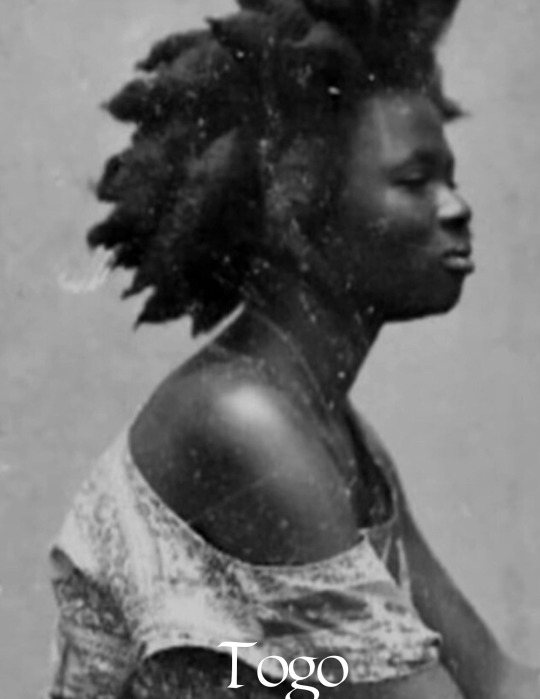
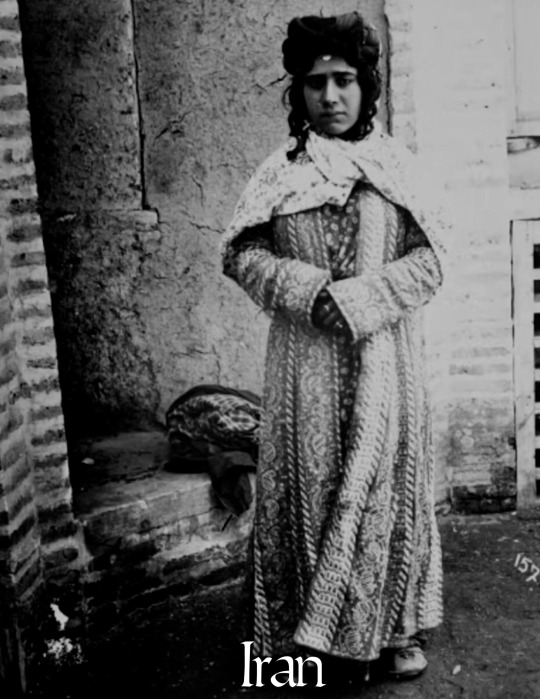
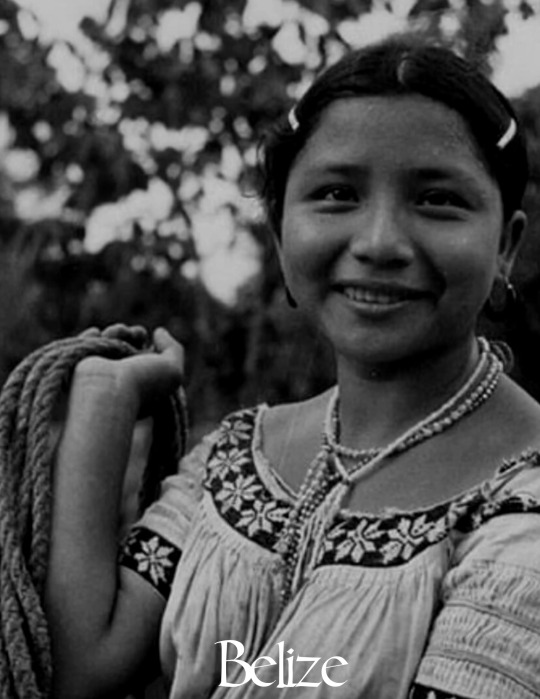
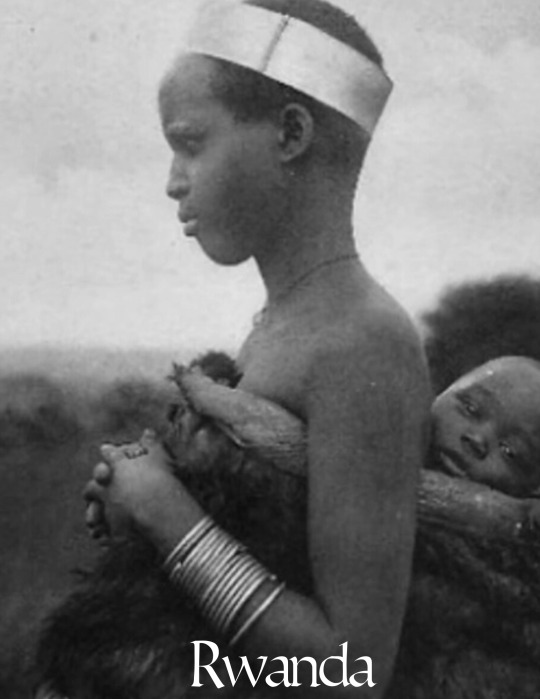
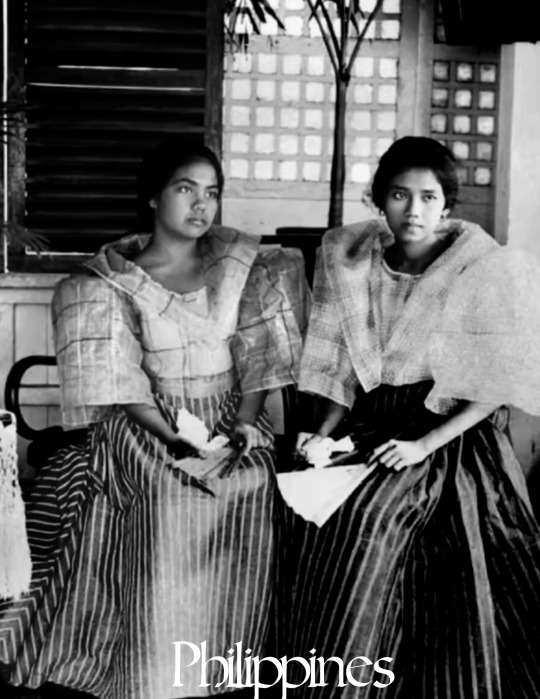
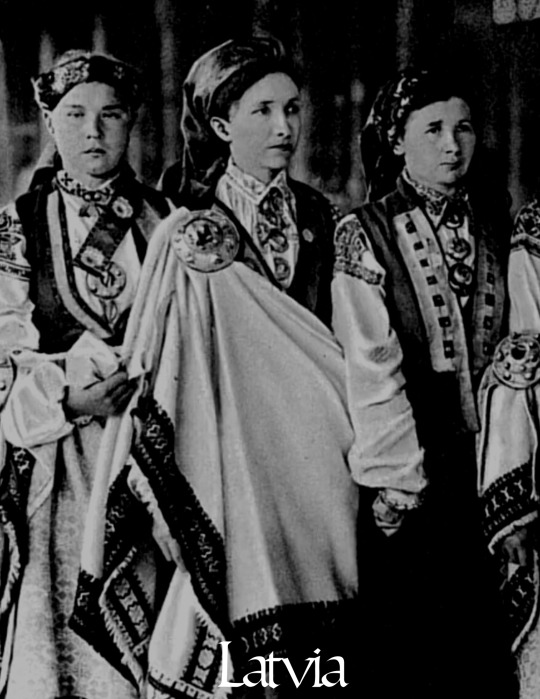

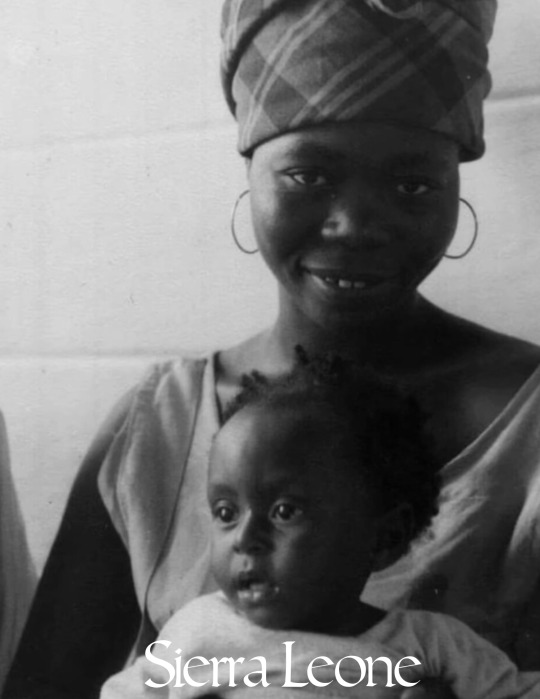


beauty around the world: pt 4
#beauty around the world#women in history#women around the world#history#vintage photography#vintage#togo#iran#belize#rwanda#philippines#latvia#indonesia#sierra leone#mexico#ukraine#around the world#beauty#photography
689 notes
·
View notes
Text
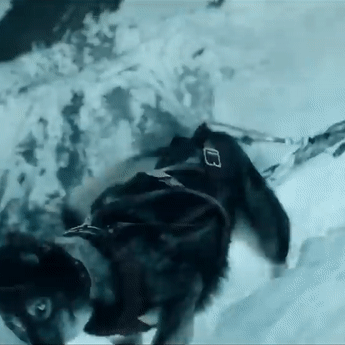







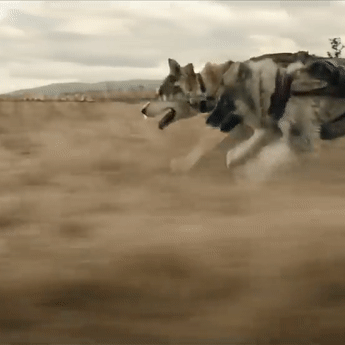




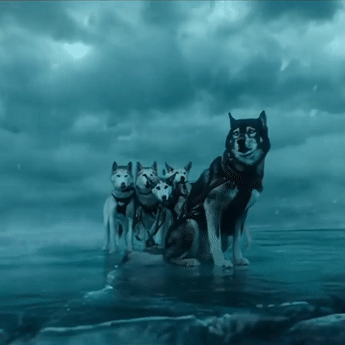


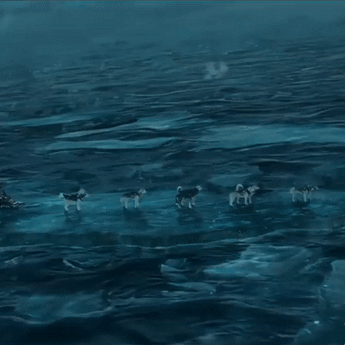



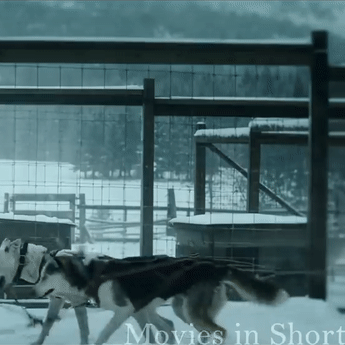


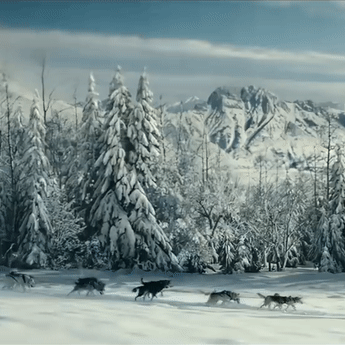


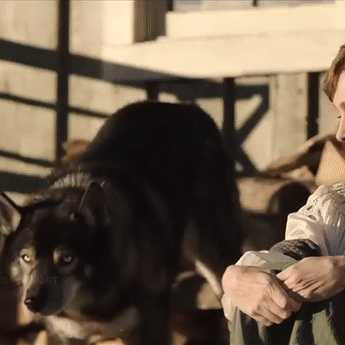
Togo (2019) gifs, courtesy of Movies in Short on YouTube
#guiltyedits#gifs#sled dogs#dogsledding#mushing#iditarod#alaska#diptheria#serum run#togo#togo 2019#husky#malamute#seppala#stim stuff#my stim stuff#dogs#puppies#snow#winter#cold
60 notes
·
View notes
Photo
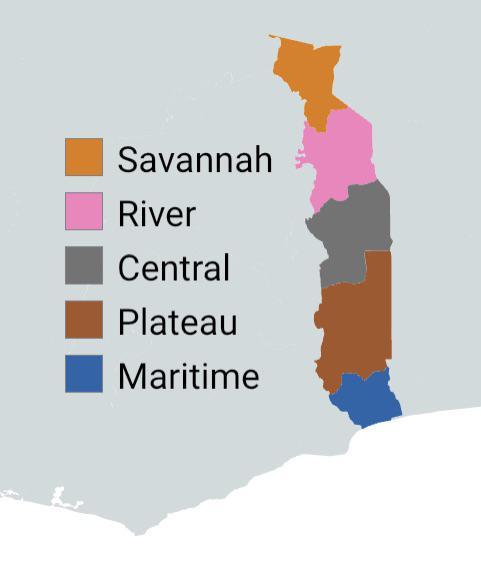
Map of the name origin for Togolese Regions
80 notes
·
View notes
Text
Bu filmi kesinlikle izleyin izlettirin,izlediğim en iyi biyografik macera dram türünde filmlerden bir tanesi alaskada bir kasabayı ölümcül bir virusun etkisi altına alması sonucu tek tedavinin serumlarini alabilmek için 600 mil yol kateden ve bir sürü insanın hayatını kurtaran bir insan ve sevimli köpeği togo'nun hikayesi ben izlerken baya etkilendim ve çok sevdim sizede izlemenizi tavsiye ediyorum film 1 saat 54 dakika nasıl geçtiğini anlamıyorsunuz
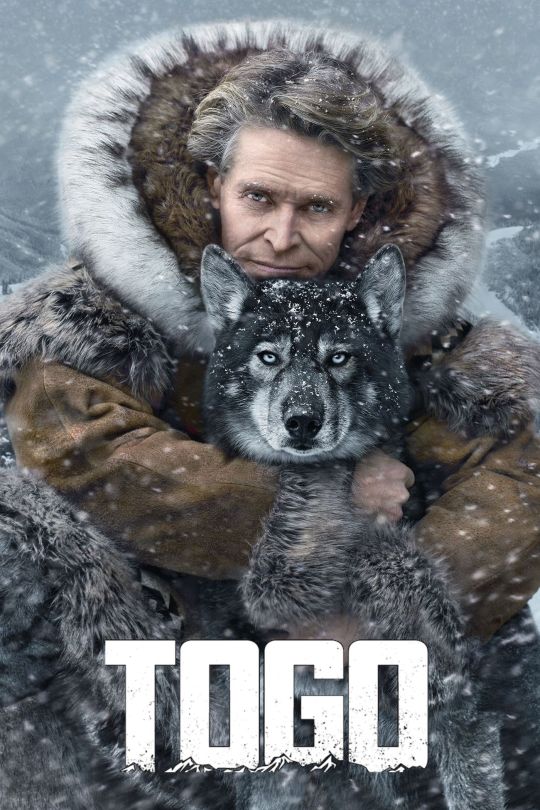
#togo#biyografi#hayat hikayesi#alaska#norveç#filmcamera#film poster#film photography#film#filmedit#love film#dizi izle#keşfetteyiz#sevimli#beuty#beatufiul#sevimli hayvanlar#yavru köpek#köpekdostları#köpeksevgisi#kesfet#keşfet#postlarim#film önerisi#öneri#youtube
70 notes
·
View notes
Text
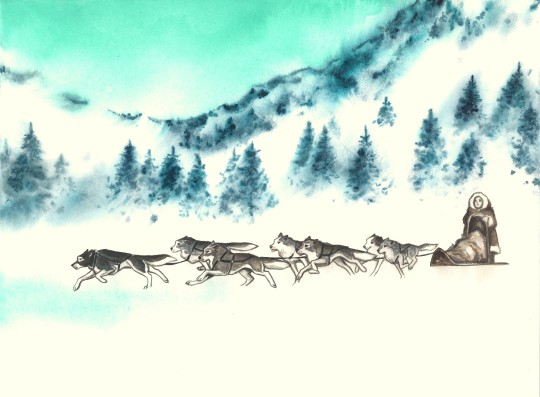
Hope of Nome (2023)
The Great Race of Mercy was the transport of antitoxin by sled dogs to diphtheria-stricken Nome in the cold winter of 1925. Leonhard Seppala and his dog team, led by Togo, covered the most dangerous part of the relay route (from Nome to Nulato).
#togo#sled dogs#dog#alaska#nome#marysmirages#dog team#husky#art#watercolourpainting#greatraceofmercy#snow landscape
466 notes
·
View notes
Text


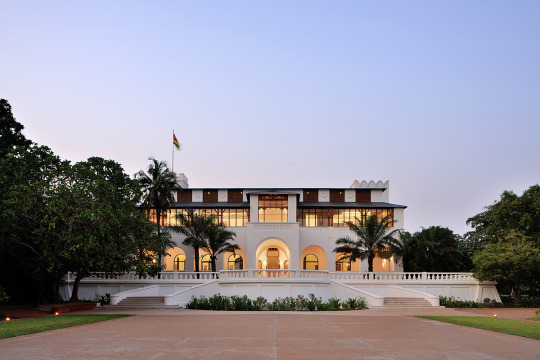





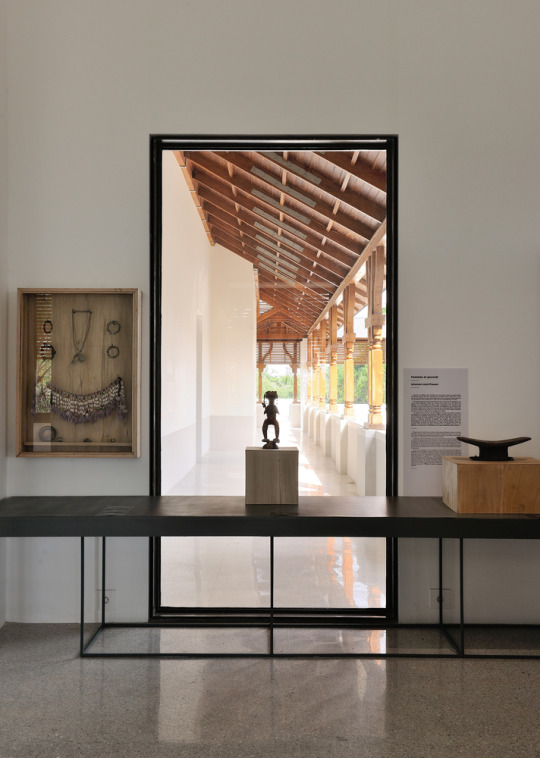
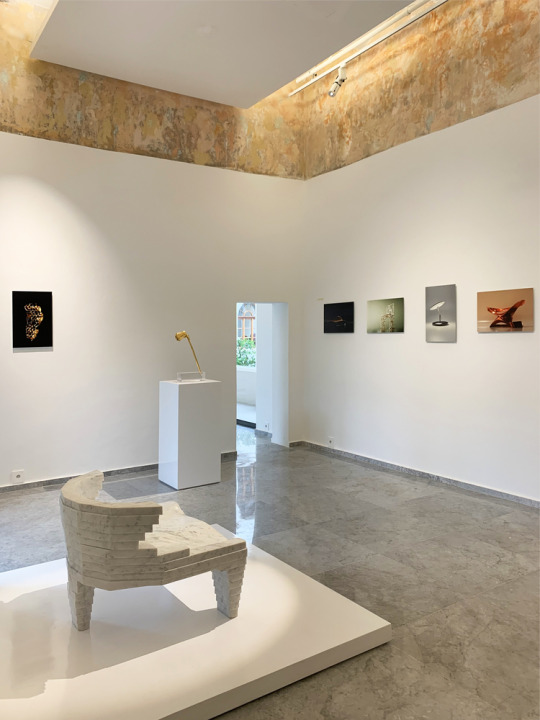
Palace in Lomé Exhibition Space and Workshops, Togo, Africa,
The 26-acre grounds include a sprawling building that recalls the European palaces that once hosted kings and queens.
When construction was completed in 1905, the building symbolized colonial power and exclusion under the German empire.
Today, however, the building is open to the public.
Segond-Guyon Architectes,
Photographs: Studio Erick Saillet
#art#design#architecture#minimalism#interiors#palace#lomé#togo#exhibition space#workshop#gallery#art gallery#segond-guyon#erick saillet#renovation#restauration#history#style
49 notes
·
View notes
Text
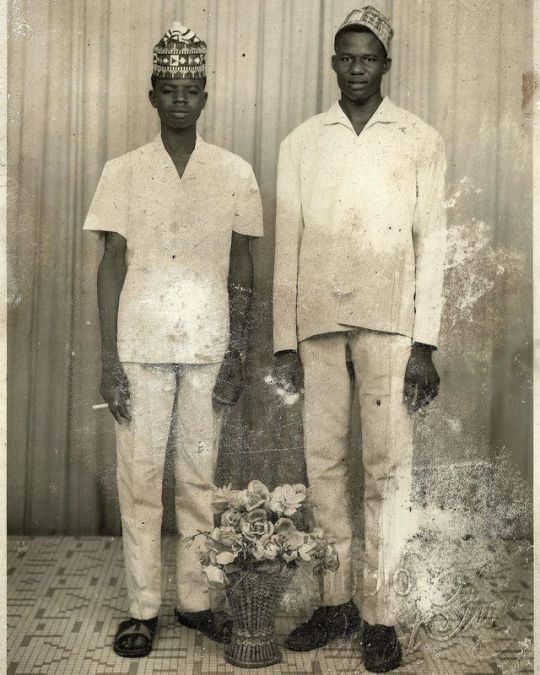
A portrait by the Togolese studio photo, Studio Clément Fumey
#Clement Fumey#photography#photographie#photographie africaine#african photography#african photographer#african contemporary art#contemporary african art#photographe africain#Togo#african photographers
419 notes
·
View notes
Text
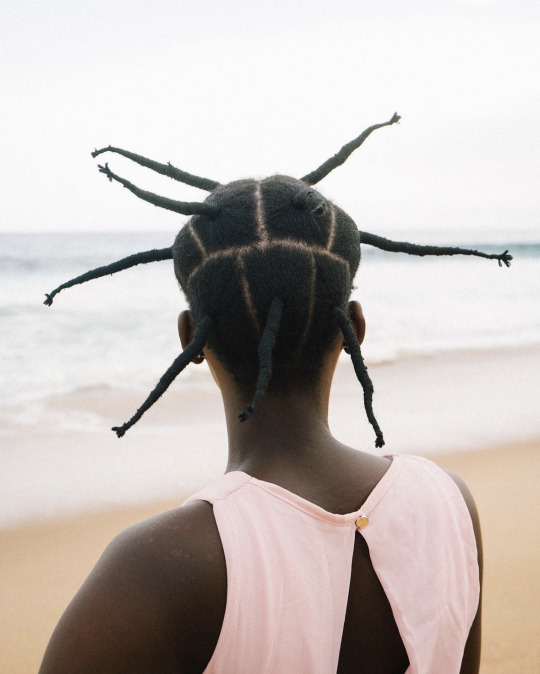
Ewé hairstyle called “Atida”, referring to a traditional hairdressing technique in Lomé, Togo
Photographed by Nybé Ponzio [@visualsbyponzio]
201 notes
·
View notes
